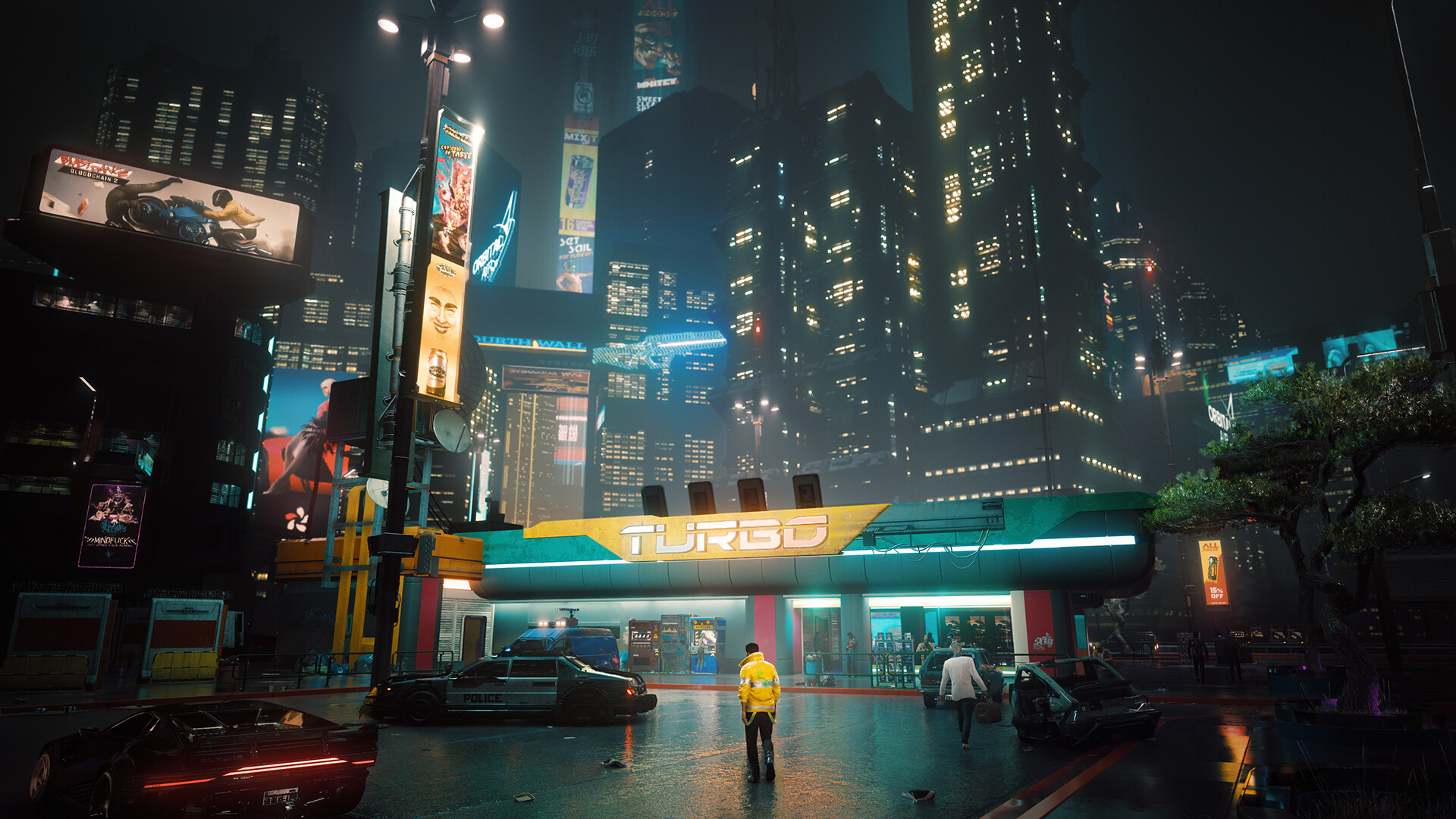Octopath Traveler II Score: HD-2D Improvement
Introduction
Octopath Traveler II, the highly anticipated sequel to Square Enix’s Octopath Traveler (2018), builds upon its predecessor’s foundation with significant refinements to its signature "HD-2D" art style. The original game introduced a unique blend of 16-bit-inspired pixel art with modern high-definition effects, creating a nostalgic yet visually stunning experience. With Octopath Traveler II, the developers have enhanced this aesthetic, delivering even more depth, detail, and dynamism.
This article explores how Octopath Traveler II improves upon the HD-2D formula, analyzing its graphical advancements, lighting techniques, environmental design, and overall artistic cohesion. By comparing it to the first game, we can better appreciate the evolution of this distinctive visual style.
1. The Evolution of HD-2D
1.1 Defining HD-2D
HD-2D is a hybrid art style that combines traditional 2D pixel art characters with 3D environments, enhanced by modern lighting, depth-of-field effects, and dynamic shadows. The result is a striking fusion of retro charm and contemporary polish.
Octopath Traveler pioneered this aesthetic, but Octopath Traveler II refines it further by:
- Sharper character sprites with more expressive animations.
- Improved lighting and shadows for greater depth.
- More detailed 3D environments that maintain pixel-art authenticity.
1.2 Technical Improvements
The sequel benefits from upgraded rendering techniques, including:
- Enhanced volumetric lighting (e.g., sunlight filtering through trees).
- More realistic water reflections (rivers, oceans, and rain effects).
- Dynamic weather systems that affect visibility and mood.
These improvements make the world feel more alive, reinforcing immersion while retaining the nostalgic appeal of classic JRPGs.
2. Visual Enhancements in Octopath Traveler II
2.1 Character Design & Animation
While the original game featured beautifully crafted sprites, Octopath Traveler II introduces:
- More fluid animations (e.g., smoother walking, attacking, and spell-casting).
- Expressive facial details (subtle changes in emotions during dialogue).
- Distinctive outfit designs that reflect each character’s personality.
These refinements make interactions more engaging, ensuring that even pixel-based characters convey depth and emotion.

2.2 Environmental Detail & Atmosphere
The sequel expands on environmental storytelling with:
- Greater biome diversity (lush forests, arid deserts, bustling cities).
- Improved parallax scrolling (creating a stronger sense of depth).
- More interactive elements (e.g., swaying grass, flickering torches).
Each location feels distinct, with weather and lighting dynamically altering the mood—rain-soaked streets gleam under lantern light, while sunlit fields shimmer with warmth.
2.3 Lighting & Shadow Play
One of the most noticeable upgrades is the real-time lighting system, which now:
- Adjusts based on time of day (dawn, noon, dusk, and night).
- Casts more realistic shadows (characters and objects interact with light sources).
- Enhances spell effects (magic attacks glow with vibrant hues).
This creates a more cinematic experience, with battles and cutscenes benefiting from dramatic contrasts.
3. Comparing Octopath Traveler I and II
| Feature | Octopath Traveler (2018) | Octopath Traveler II (2023) |
|---|---|---|
| Character Sprites | Detailed but limited animations | Smoother, more expressive |
| Lighting | Basic dynamic lighting | Advanced real-time effects |
| Environmental Depth | Good parallax, but some flat areas | Richer layers, more interactivity |
| Weather Effects | Minimal (mostly static) | Dynamic (rain, fog, storms) |
| Water & Reflections | Simple ripple effects | Realistic reflections, waves |
The sequel’s improvements ensure that every scene feels more vibrant and immersive.
4. Artistic Cohesion & World-Building
4.1 A More Living, Breathing World
Octopath Traveler II enhances immersion by:
- Populating towns with more NPCs (each with unique routines).
- Adding day-night cycles (affecting quest availability and enemy encounters).
- Improving camera angles (zooming in during key moments).
These changes make the world feel less static, encouraging exploration.
4.2 Battle Visuals & Effects
Combat visuals have also been upgraded:
- More elaborate spell animations (without disrupting gameplay flow).
- Enhanced particle effects (fire, ice, and lightning look more dynamic).
- Improved enemy designs (bosses now have more intricate attack patterns).
The result is a battle system that’s as visually exciting as it is strategic.
5. Reception & Future of HD-2D
5.1 Critical & Fan Response
Critics and players have praised Octopath Traveler II for:
- Pushing HD-2D to new heights.
- Balancing nostalgia with innovation.
- Delivering one of the best-looking pixel-art RPGs ever.
5.2 What’s Next for HD-2D?
Given the success of Octopath Traveler II, Square Enix will likely continue refining HD-2D for future projects, such as:
- More sequels or spin-offs.
- New IPs using the same style.
- Potential crossovers with other franchises.
The style has proven its longevity, appealing to both retro enthusiasts and modern gamers.
Conclusion
Octopath Traveler II is a masterclass in evolving an already stunning art style. By refining lighting, animation, and environmental detail, it elevates HD-2D beyond its predecessor while staying true to its nostalgic roots. The result is a visually breathtaking RPG that feels both classic and cutting-edge.
As Square Enix continues to explore HD-2D’s potential, Octopath Traveler II stands as a testament to how pixel art can thrive in the modern gaming landscape. Whether you’re a longtime fan or a newcomer, the game’s visual splendor is undeniable—making it a must-play for any JRPG enthusiast.
Word Count: ~1,200
Would you like any additional sections or refinements?














